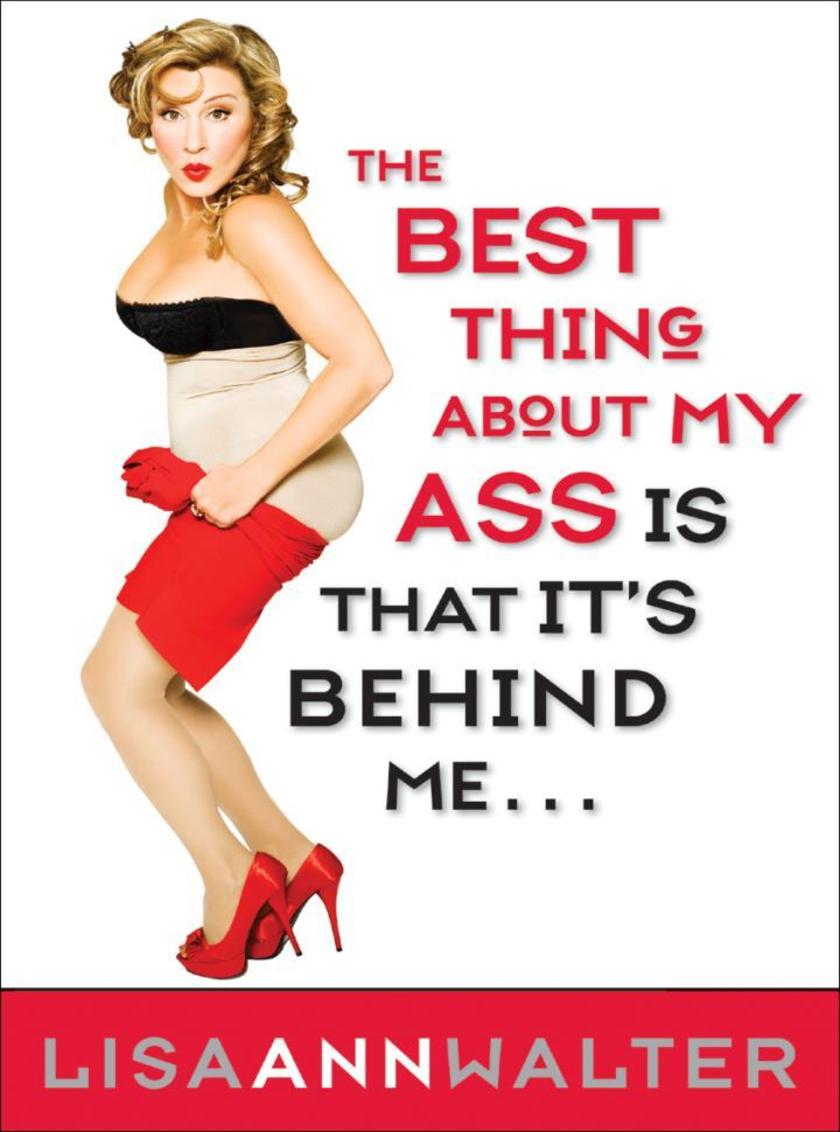
The Best Thing About My Ass Is That It's Behind Me
¥145.49
Follow one woman's bumpy, cellulite-riddled ride through size-0 Hollywood and learn how she went from body-dysmorphic to sassy-asstastic in only twenty-five short years of dieting, thousands of dollars in "procedures,". . . and one pair of industrial-strength Spanx.From the best girlfriend you didn't know you had comes this "I Can't Believe She Said That" guide to life in the real world. Actress and comic Lisa Ann Walter dishes about parenthood and the dangers of girl-on-girl snarking, explains why skinny actresses act crazy, and gives riotous advice on everything from the dating mistakes we all make to ten things you should subtract when you weigh yourself (self-tanner and dental work, for starters . . .).So what do you get when you drop a longtime self-loather into the glitz and glamour of HollywoodThis hysterical, and brutally honest, look at the impossible standard of perfection for which so many of us strive. Walter boldly shares her lifelong struggle with low self-esteem which, in her case, includes plenty of painful auditions, failed relationships, and awkward celebrity encounters, plus lots of impossible diets, questionable injectables, and dubious cosmetic procedures. Along the way, the "celebrity adjacent" Walter also tells her sometimes warm, often cringeworthy, and always funny Hollywood stories (including the reason she'd kill for Richard Gere). She also shares her sage advice by offering features such as ways to improve your self-esteem that won't cost you a dime:Four words:Push-up. Bra. Construction. Site. You don't even have to look good to get a response. Just wear sunglasses, square your shoulders, and toss your hair. Then count the whistles.Start frequenting your local gay bar. Both gays and lesbians are much more effusive about how fabulous you are! And you'll get free drinks! Always be seen with decrepit old men you'll look young and beautiful in comparison. Think how well this works for those Girls Next Door.
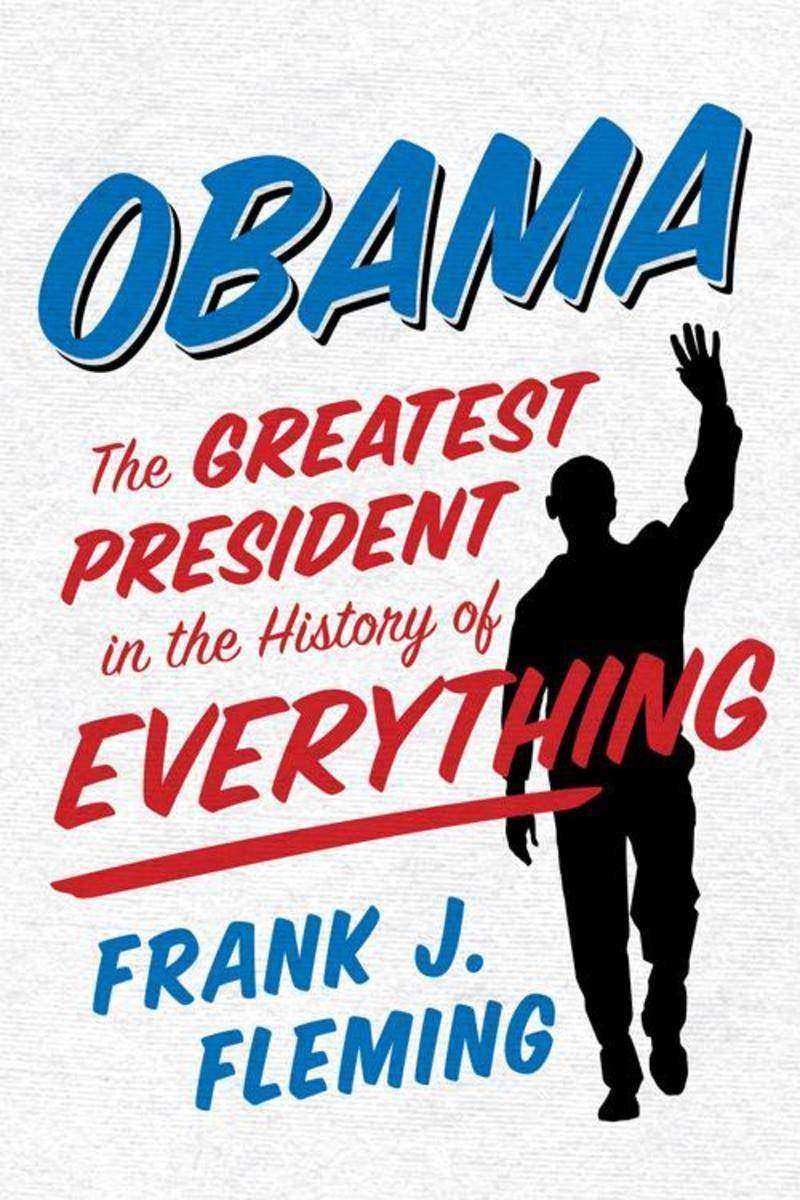
Broadside e-books
¥109.31
It's hard to remember the dark days before 2008. It was a time of hatred, racism, violence, obese children, war, untaxed rich people, and incandescent light bulbs -- perhaps the worst days we had ever seen. And at the heart of it all was a thuggish, thoughtless man, George W. Bush, who lashed out angrily at whatever he didn't understand -- and he understood so very little. Then there was that laugh of his -- that horrible snicker that mocked everything intelligent and nuanced. Also, he looked like a chimp. It seemed like the end for the United States of America. We would crumble in the hands of vicious, superstitious dimwits determined to hunt "ter'ists" or other figments of Bush's rotten mind. There was nothing left to do but head to Whole Foods to prepare our organic, sustainable, fair-trade last meal as the country ended around us. Despair had overtaken us, and we wondered aloud whether we could ever feel hope again. And then a man emerged who firmly answered, "Yes we can!" Oh, but Barack Obama was no mere man. He was a paragon of intelligence and civilized society. A savior to the world's depressed. A lightbringer. A genius thinking thoughts the common man could never hope to comprehend. And his words -- his beautiful words read from crystal panes -- reached down to our souls and told us all would be well. With the simple act of casting a ballot for Barack Obama, we could make the world an immeasurably better place -- a world of peace, of love, of understanding, of unicorns, of rainbows, of expanded entitlements. This was his promise. And now, having had him as president for more than two years, we can say without reservation that he has delivered all his promises and more and is the best president this country -- or any country -- has ever had or could even imagine to have.
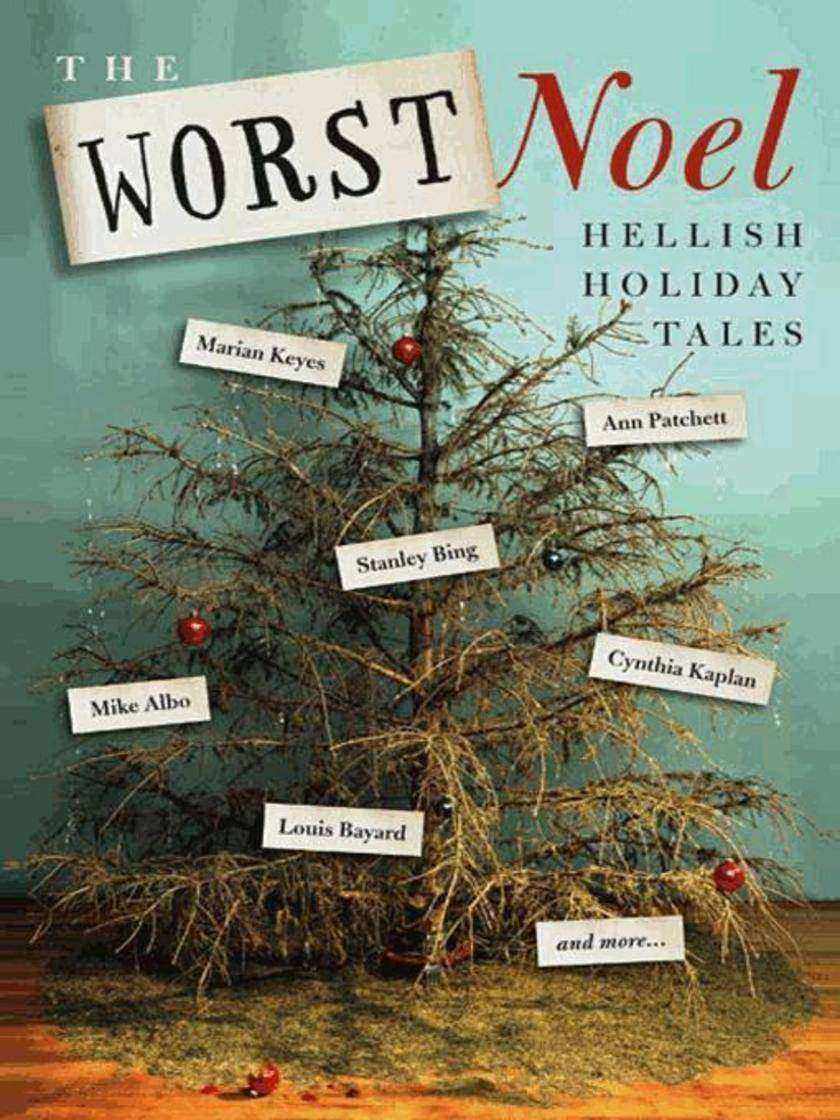
The Worst Noel
¥83.93
Does the thought of mistletoe give you hivesDoes the sound of jingling bellsinstill fear in your heartDo you hide under the covers from the day after Thanksgiving till New Year's DayAnd even if you love Christmas, do thehyperconsumerism, overindulgence, andtinsel-covered everything make you crazy?If you said yes to any of these questions, this is the book for you. You are not alone. Everyone has a Christmas-nightmare story to tell. Some of the best writers around have gone through some of the worst Christmases ever. Their tales of holly-draped horror are gathered here for your amusement, from NEAL POLLACK's Christmas-ham disaster to the accidental Santahood of JONI RODGERS to BINNIE KIRSHENBAUM's receiving what may be the worst gift ever given. And Stanley Bing gives us a peek at the lonely guy's Xmas feast. All this, plus many more recollections of Worst Noels past.So pour yourself a glass of eggnog, chisel off a piece of rock-hard fruitcake, and curl up in the big comfy chair by the fireplace where the stockings have been hung with such care -- and settle in to read The Worst Noel.

101 Reasons to Dump Your Man and Get a Cat
¥83.93
The modern woman has enough hassles without having to put up with the antics of the man in her life. Why endure another day of snoring, football, and wet towels on the floorWith this hilarious, fully illustrated guide, learn 101 reasons why you should dump your chump and hook up with a cat! So, besides the fact that your man's just not that into you, can he scratch his ear with his footIs he adorable when he pounces off the fridge onto your shoulderDo you get to watch him nudge another man aside and eat his foodAnd can you improve his mood by tossing a fuzzy mousie for him to chaseOf course not. There; that's four reasons to dump him and get a cat instead! Plus, you never have to remember how your cat takes his coffee. You don't need to pretend to your cat that you haven't had many other cats. And if your cat thinks your friends are hot, so whatFor every woman who's had enough of men, 101 Reasons to Dump Your Man and Get a Cat is the perfect gift—chock-full of humor, inspiration, and great advice. Why look for love in all the wrong places when it's right across the room chasing its own tail?

Daddy, Stop Talking!
¥94.10
Last Will & Testament of Adam CarollaI, Adam Carolla, being of beaten-down mind, declare this to be my Last Will and Testament. I revoke all wills and addendums previously made by me. (You guys never did listen, anyway.) Article II appoint the rest of the world's unappreciated dads as Personal Representatives to administer this Will. I bequeath to them the right to crack a couple cold ones in the garage after working their asses off all week and ask that they be permitted to watch all the porn they like and not have to change diapers and get dragged to every preschool "graduation" and PTA meeting. Article IITo my wife, I leave a safe-deposit box, the sole content of which is a note reading "Get a job. I'm dead," and my best wishes on trying to keep up with the unending demands of our houses, cars, dog, and kids.Article IIII devise, bequeath, and give my kids this book, Daddy, Stop Talking. Since you guys were the death of me, I leave you these pages of wisdom. But no cash, cars, or property. You've got to earn those. On that note, I further demand that the following message be placed on the marker of my grave: "You're All on Your Own Now. Enjoy."

Raising the Perfect Child Through Guilt and Manipulation
¥83.03
Raising the Perfect Child Through Guilt and Manipulation is not one of those traditional, all-too-earnest parenting guides that, for generations, have sucked all the fun out of child rearing. The foundation of Elizabeth Beckwith's Guilt and Manipulation family philosophy is simple: We do things a certain way, and everyone else is an a**hole. Is that something you should put on a bumper sticker and slap on your minivanOf course not that would be trashy. But in the privacy of your own home, you can employ these essential components of Guilt and Manipulation to mold the little runts ruthlessly yet effectively into children you won't be embarrassed to admit are yours: Creating a Team: "Us" vs. "Them" How to Scare the Crap Out of Your Child (in a Positive Way) Don't Be Afraid to Raise a Nerd Mind Control: Why It's a Good Thing
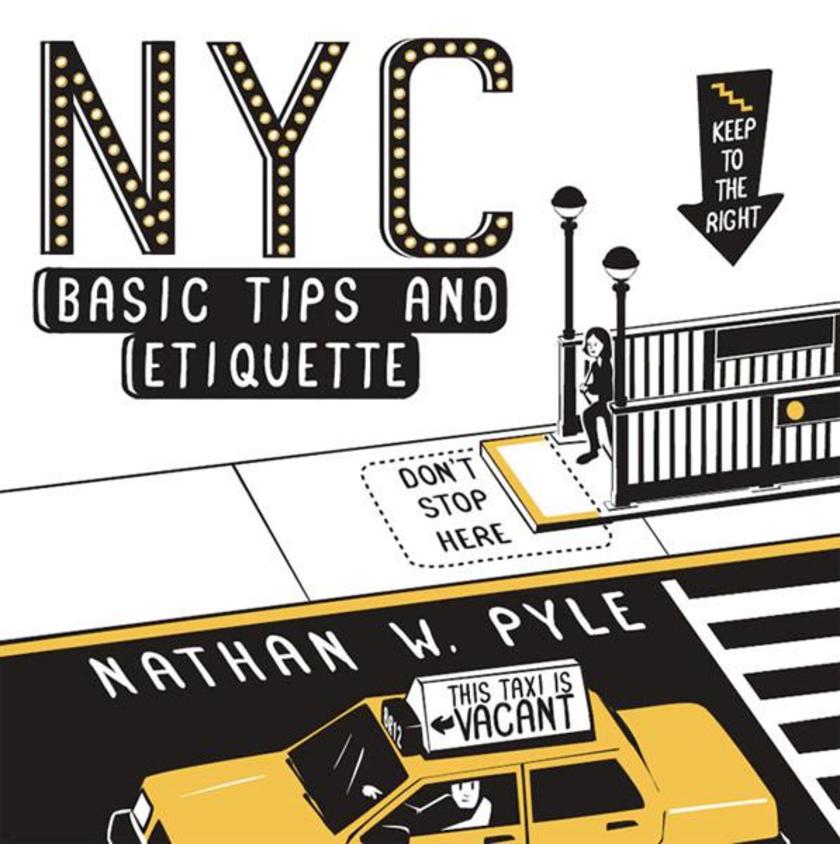
NYC Basic Tips and Etiquette
¥72.71
Living in New York City for five years as a transplant from Ohio, illustrator and T-shirt designer Nathan Pyle was fascinated by the unique habits and unspoken customs New Yorkers follow to make life bearable in a city with 8 million people (and seemingly twice the number of tourists). Nathan decided to draw his favorite tips and etiquette lessons and post them on the internet, where his 12 original panels went viral immediately and became the basis for this hilarious illustrated book (check out the fully animated ebook, too!).In NYC Basic Tips and Etiquette, Pyle reveals the secrets and unwritten rules for living in and visiting New York including the answers to such burning questions as, which cabs should I try to hailWhat is a bodegaWhich way is UptownWhy are there so many doors in the sidewalkHow do I walk on an escalatorDo we need to be touching right nowWhere should I inhale or exhale while passing sidewalk garbageHow long should I honk my hornIf New York were a game show, how would I winWhat happens when I stand in the bike laneWho should get the empty subway seatsHow do I stay safe during a trash tornadoEach tip is a little story illustrated in simple black and white drawings.Visitors and newcomers to New York will love it because the advice is smart, funny, and not condescending. New Yorkers will love it for its strategic and humorous approach to mastering the daily chaos of the city.
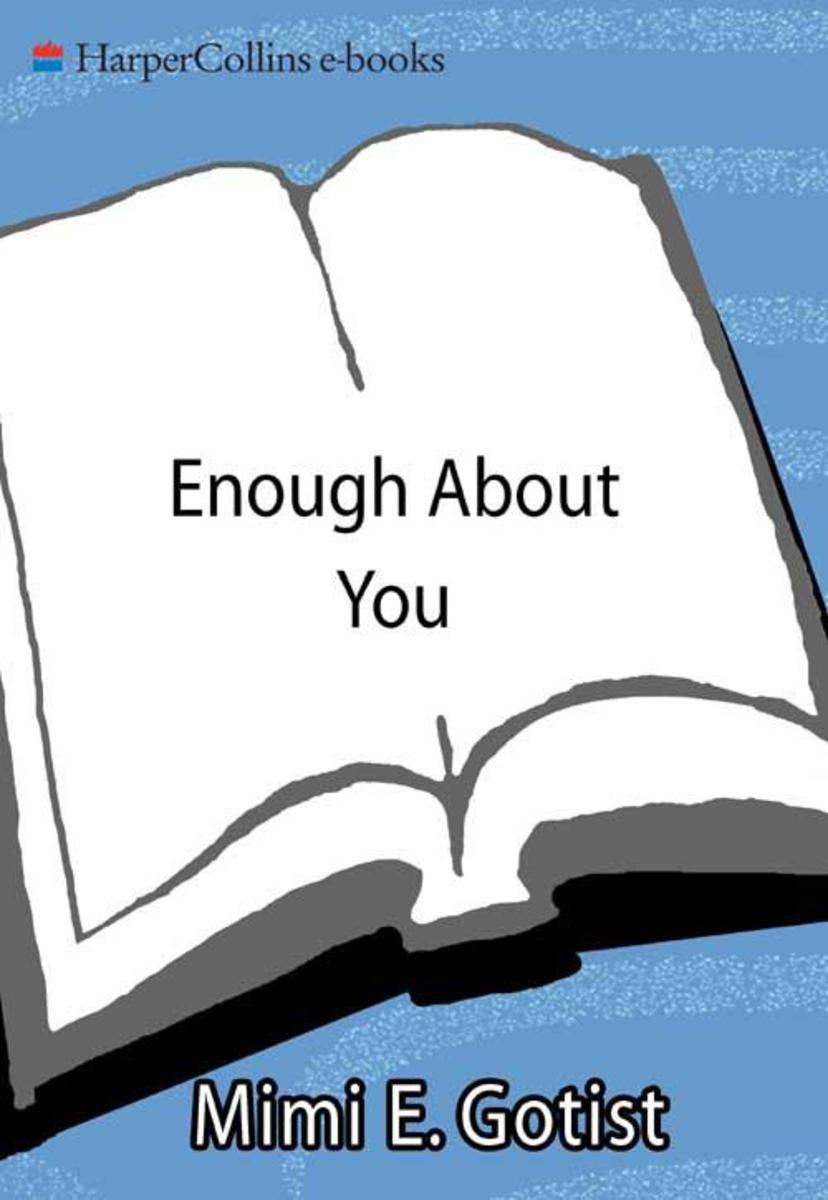
Enough About You
¥67.09
The Complete Narcissist's GuideMimi E. Gotist delivers a gift for our times: practical, simple guidance to help you cope with the self-loving people in your life-while nurturing your own inner narcissist.At once utterly self-absorbed, and charmingly aware of it, Gotist offers advice on: Dating: You're not looking for the person you want to marry -- you're looking for the person you want to change Career: Don't work -- work it Spirituality: Me Here Now Personal Growth: You can't help anyone who won't help you

Damage Control
¥78.32
Traditionally, women share their secrets with their hairdressers. But what about their manicurists, masseurs, chi gong teachers, and tattoo artistsIn Damage Control, women wax poetic about the experts and gurus who help them love themselves, sharing stories of everything from friendships born in the make-up chair to the utter dismay of a truly horrible haircut. Minnie Driver finally meets a Frenchman who understands her hair . . . and tries to teach her not to hate it.Marian Keyes remembers the blow-dry that pushed her over the edge.Francesca Lia Block tells the ugly story of the plastic surgeon who promised to make her beautiful.Rose McGowan explains why it's harder to be depressed when you're glamorous . . . and shows how it takes a village to transform from mere mortal to movie star.Witty and wise, Damage Control is an intimate, sometimes dark, look at our experiences with the professionals who pluck, prod, and pamper every inch of our bodies and a reminder why we surrender ourselves to their (hopefully) very capable hands.
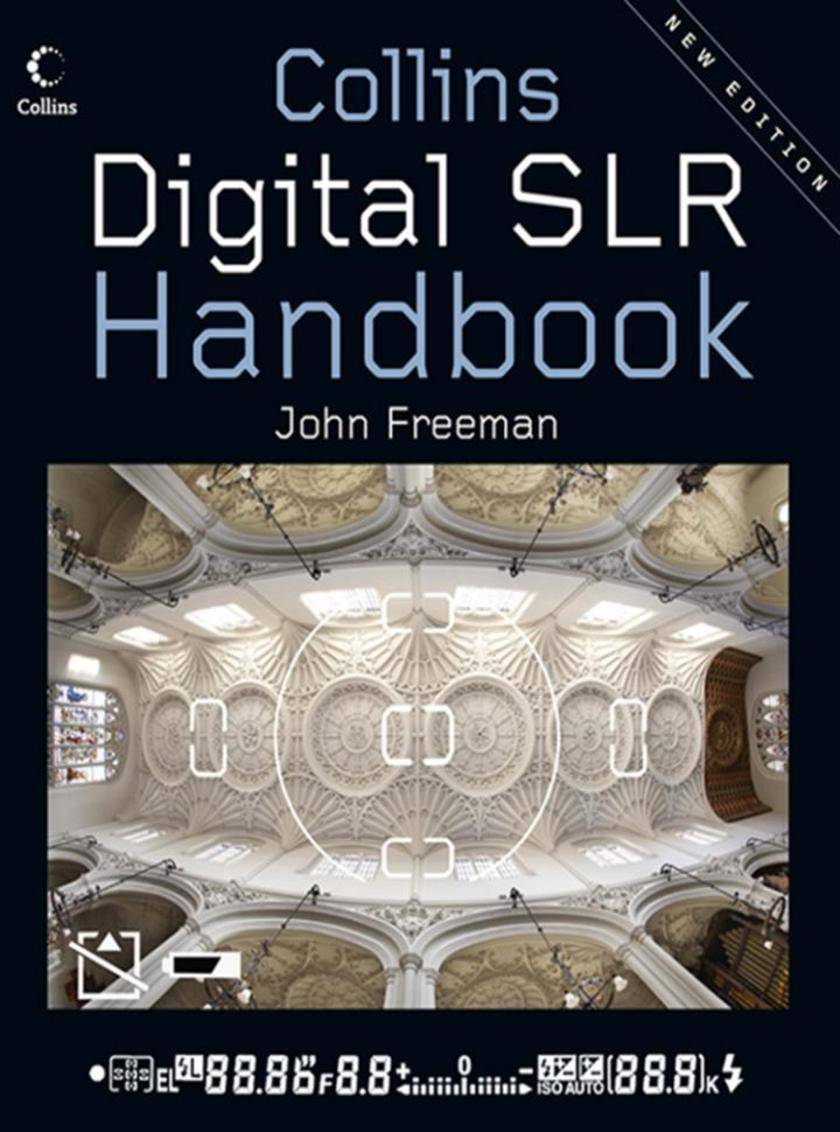
Digital SLR Handbook
¥125.18
This is the definitive practical guide to getting the most out of your digital SLR camera, written by top working photographer, John Freeman. Full of inspiring photography and professional tips, it is ideal for all keen amateur photographers and those aspiring to move over from using a traditional film SLR camera. The digital single lens reflex (DSLR) camera is now the must-have camera for all serious amateur photographers. Whether you already own one or are thinking of making the move from a point-and-shoot digital camera or a film SLR, this practical guide will provide all the help, advice and inspiration you need. Chapters include: understanding the DSLR system, seeing the picture, photographing landscapes, nature, people, architecture, still life, action, getting more from your DSLR and post-production techniques.
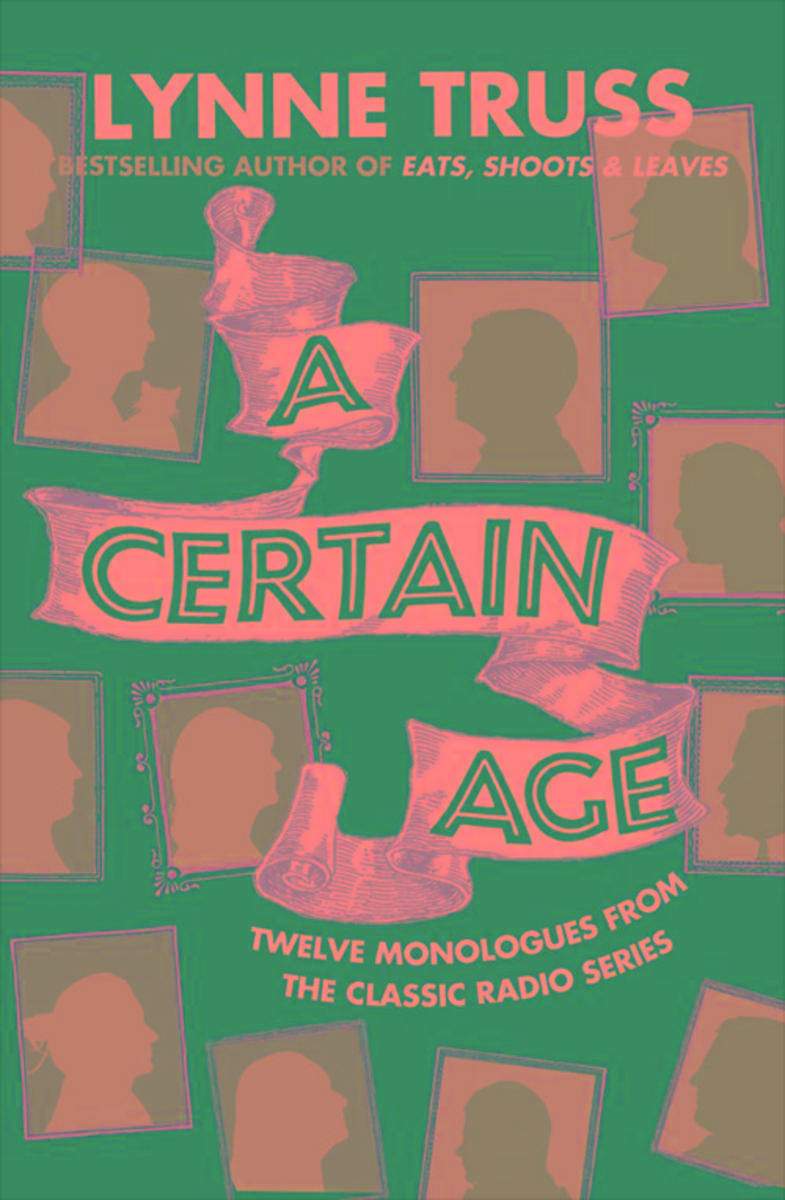
A Certain Age
¥62.59
From the bestselling author of ‘Eats Shoots & Leaves’, a wonderfully funny collection of twelve monologues. In the tradition of Alan Bennett's ‘Talking Heads’ come Lynne Truss's twelve bittersweet tales about love, romance, friendship and family. Her six men and six women each have very different stories to tell, ranging from the wife who feels better when her husband disappears to the pedant who undergoes a TV makeover and the swimmer who can't escape the shadow of her sister…but all are funny, touching and as beautifully observed as would be expected from the bestselling author. Whether describing fathers and daughters, married men, cat-lovers or ‘other women’, she is always brilliantly perceptive.
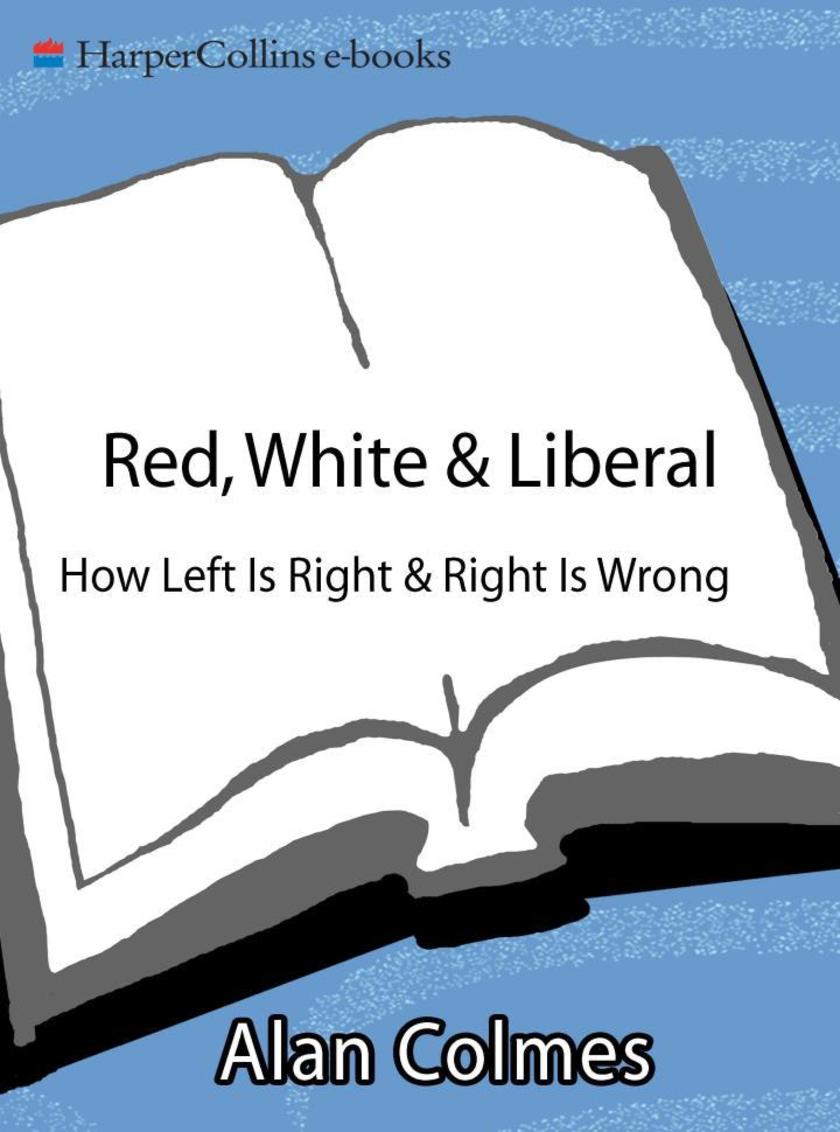
Red, White & Liberal
¥83.93
As one of the foremost liberal voices in television and radio today, Alan Colmes has long been braving the wilds of controversial issues and conservative slander. The host of the talk-radio show Fox News Live with Alan Colmes and cohost of Fox News Channel's hit debate show Hannity Colmes, Colmes now offers this witty, passionate wake-up call to America.Colmes takes on the fundamental question: How can we protect our nation without diminishing our liberties, and regain our place in the world as an example of democracyColmes urges Americans to see past the government's manipulation of the War on Terror to silence critics; the lies we've been force-fed about the war in Iraq and Afghanistan; and the conservative smear campaign that has turned "liberal" into a four-letter word. From debunking the myth of the liberal media to exposing conservative hypocrisy, Colmes presents the issues with thoughtful, provocative arguments, hard facts and logic, and searing humor.Certain to spark debate and cause readers to reevaluate and reaffirm their beliefs, Red, White Liberal powerfully argues that despite our differences, we must extend our hands across party lines to find solutions, protect our shores, and preserve our freedoms.
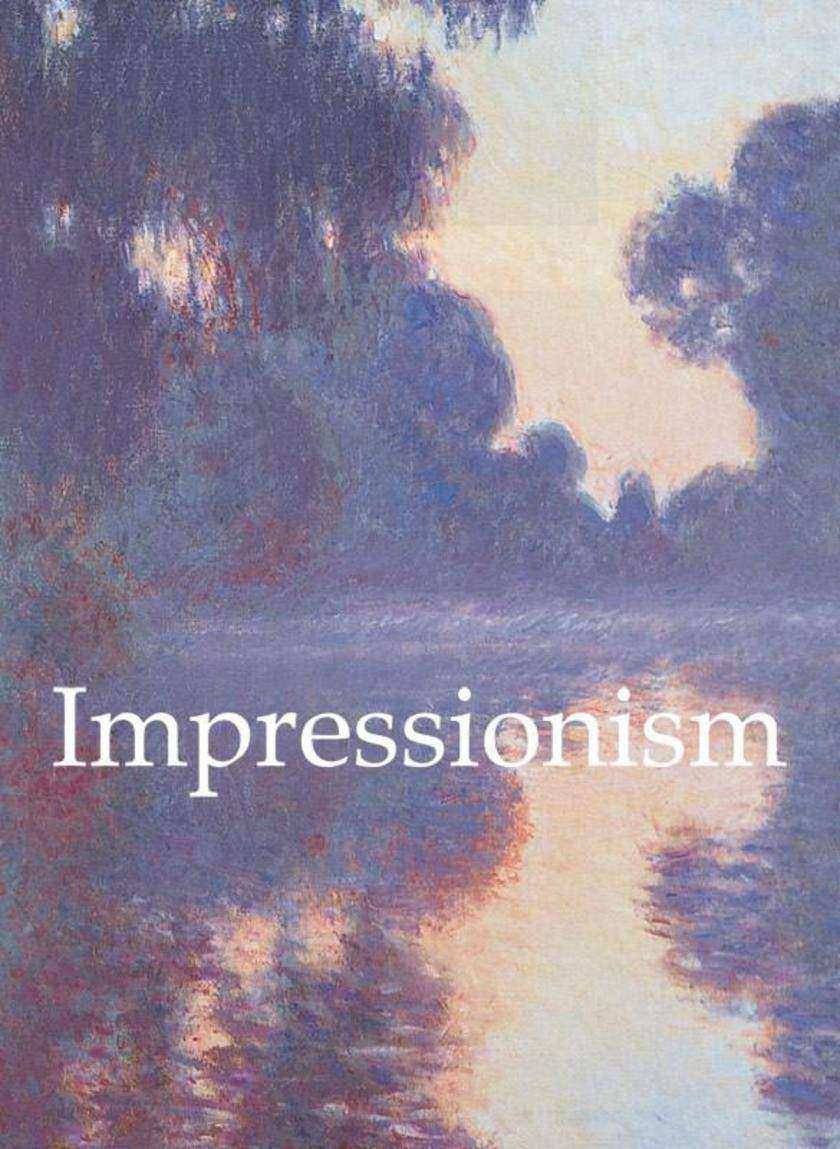
Impressionism
¥61.23
“我画我所见,而非他人所想见。”难道还有什么能比 爱德华马奈(Edouard Manet)的这句话更能诠释印象主义运动了。马奈的这句话似乎与莫奈(Monet)或雷阿诺(Renoir)的情感表达完全不同。莫奈在去世前不久曾写道:“印象主义之名源我而起,但却冠以了一群并非印象主义者的群体,对此我深表遗憾。” 在这本书中,Nathalia Brodskaia考察了这场十九世纪末期的印象主义运动的矛盾之处,分析了印象主义群体在艺术家个人的主张之下形成了的连贯整体的悖论。学术艺术和现代抽象绘画之间的道路漫长而艰辛。作者逐一分析这场艺术运动的基本元素,通过每位艺术家的作品考察了个人的需求是如何催生出现代绘画。
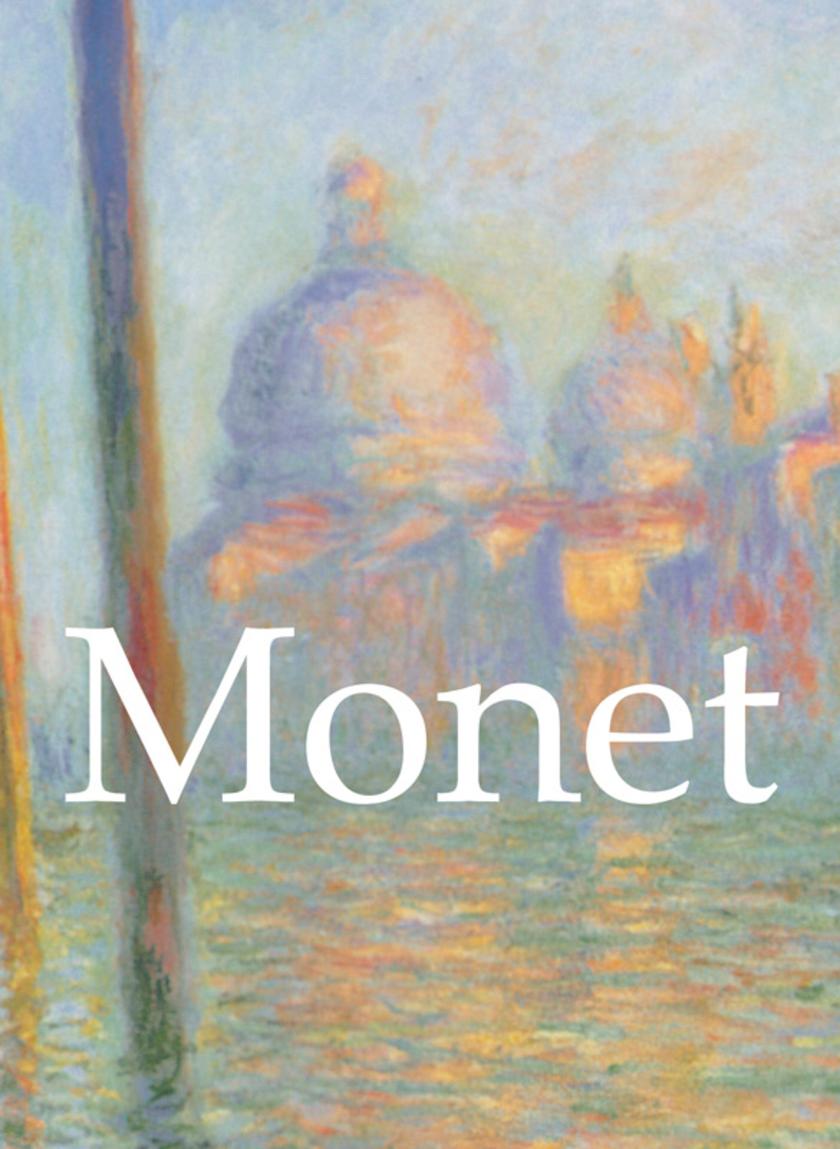
Monet
¥61.23
Mega Square的《莫奈》通过优美地展示印象主义的作品,带领我们探索十九世纪绘画大师之一——莫奈的非凡的作品。莫奈的风景画和日常生活场景画中画锋急促,阐释了他对于光线和色彩的迷恋。对印象主义运动的爱好者来说,这本小书是一份完美的礼物。
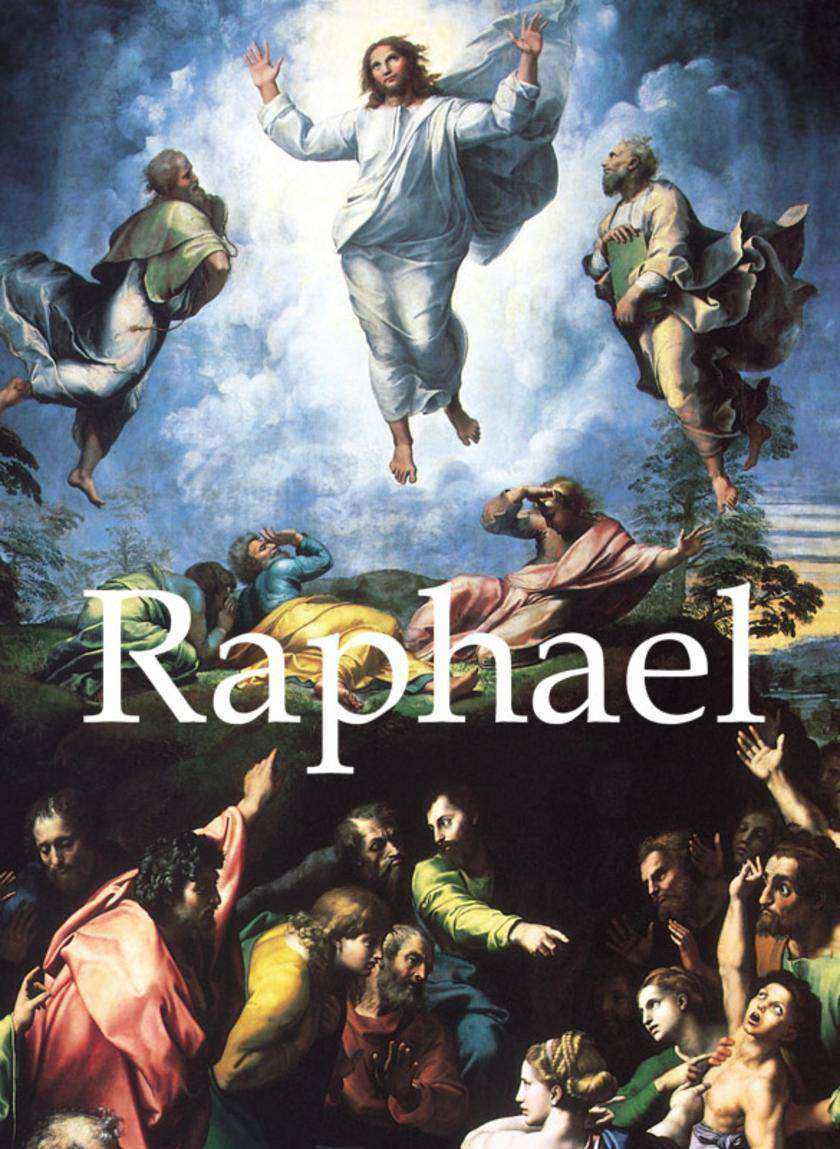
Raphael
¥61.23
拉斐尔(Raphael,1483-1520),意大利文艺复兴鼎盛时期的画家和建筑家,是位超越时代的天才人物。他与米开朗琪罗和莱昂纳多达芬奇并称为古典艺术的“文艺复兴三杰”,它们的作品展现了和谐和几何的多种风格。作为文艺复兴时期的大家之一,作为欧洲皇室和罗马教廷的艺术家,拉斐尔的作品包括了多种神学和哲学的主题,包括但不限于著名的圣母玛利亚画像。拉斐尔成长的环境和经历使他更倾向于将人文主义的理想和宗教相结合,从而在心中树立起坚定的信念,即艺术是揭开自然之美面纱的必然中介。

Michelangelo
¥110.28
米开朗基罗(Michelangelo)的名字不断浮现在西斯廷教堂、阿波罗、丘比特等数不计数的杰作中。在《意大利绘画》(The Italian Painting)这本书中,作者司汤达写道:“在古希腊风物和米开朗基罗之间,没有任何距离,除了或多或少技术娴熟的伪造物。”在《漫步罗马》(Promenade in Rome)一书中,沙特布莱表达了对《圣母怜子像》(Pieta)中那些精致的线条的崇敬之情。诸如司汤达等大连古欧秀的作家将米开朗基罗视为西方艺术复兴的大家之一。毫无疑问,米开朗基罗的作品经历住了时间的考验。在若干年后,米开朗基罗的作品何以能够揭示希腊先驱们的创造性来源?米开朗基罗是创造性的天才和超人,是意大利文艺复兴中无与伦比的艺术家,他的影响力和成就与达芬奇可相媲美。在这本著作中, Jean-Matthieu Gosselin探讨了米开朗基罗所有的身份:雕塑家、建筑师、画家和美术家。
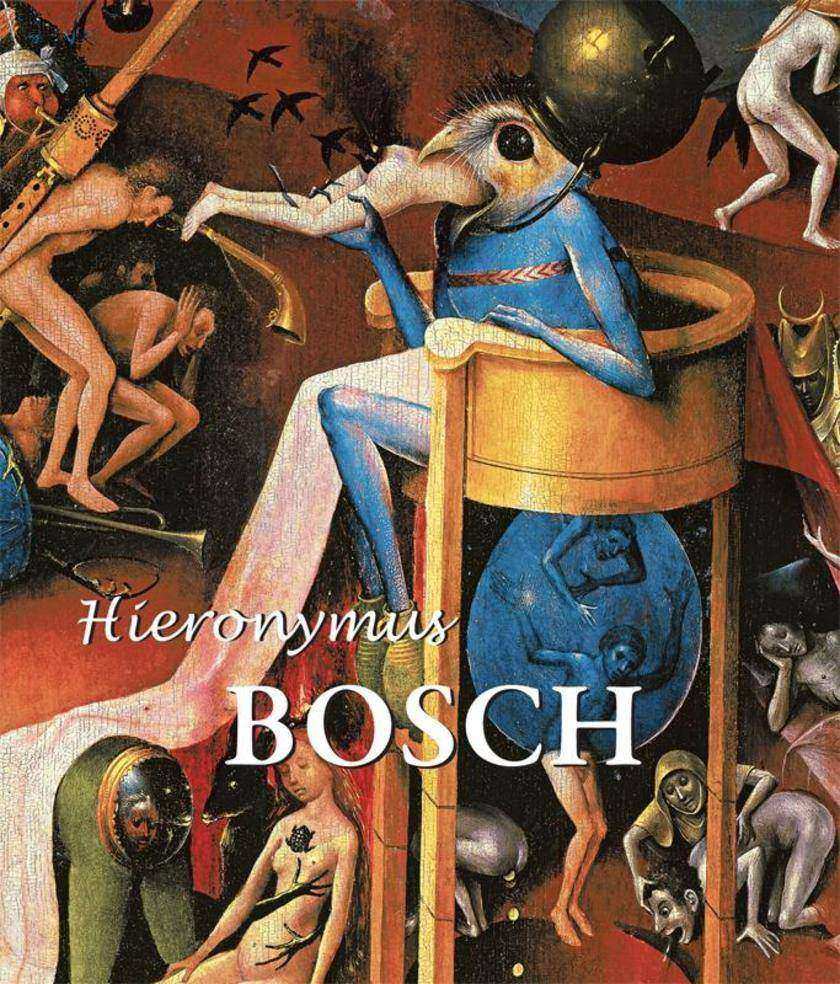
Hieronymus Bosch
¥110.28
Hieronymus Bosch was painting terrifying, yet strangely likeable, monsters, long before computer games were invented, often with a touch of humour. His works are assertive statements about the mental dangers that befall those who abandon the teachings of Christ. With a life that spanned from 1450 to 1516, Bosch was born at the height of the Renaissance and witnessed its wars of religion. Medieval traditions and values were crumbling, thrusting man into a new universe where faith had lost some of its power and much of its magic. Bosch set out to warn doubters of the perils awaiting all and any who lost their faith in God. Believing that everyone had to make their own moral choices, he focused on themes of hell, heaven and lust. He brilliantly exploited the symbolism of a wide range of fruits and plants to lend sexual overtones to his themes.

Edward Hopper
¥110.28
爱德华·霍普,1882年出生于奈阿克,是重要的美国画家之一。在学习了插图画之后,他进入了大名鼎鼎的纽约艺术学院学习,师从罗伯特·亨利(Robert Henri)。亨利对霍普产生了重大的影响,他鼓励霍普从美国人的生活中去发现素材。在创作中,诗意地表达了人们反对二十世纪二十年代的美国生活方式的孤独。受到电影作品—特别是多种摄影角度和人物性格的影响,他的绘画作品表达了对大众文化的疏离感。通过采用冷色调和绘画匿名人物,霍普的作品同样象征性地反映了大萧条时期。尽管霍普曾多次游历欧洲,但他在当时流行的的改革绘画面前仍然无动于衷,例如立体主义,例如超现实主义。霍普用一种非常个性化的形式来表达主题,致力于效仿古典艺术家,例如伦布兰特(Rembrandt)、德加斯(Degas)或者杜米埃(Daumier)。他绘画的加油站、旅馆和日常生活的场景代表了对个人主义的美学宣言、宽敞的开放空间和美国的基本价值观。霍普在1967年去世了,在美国艺术上留下了后的痕迹。
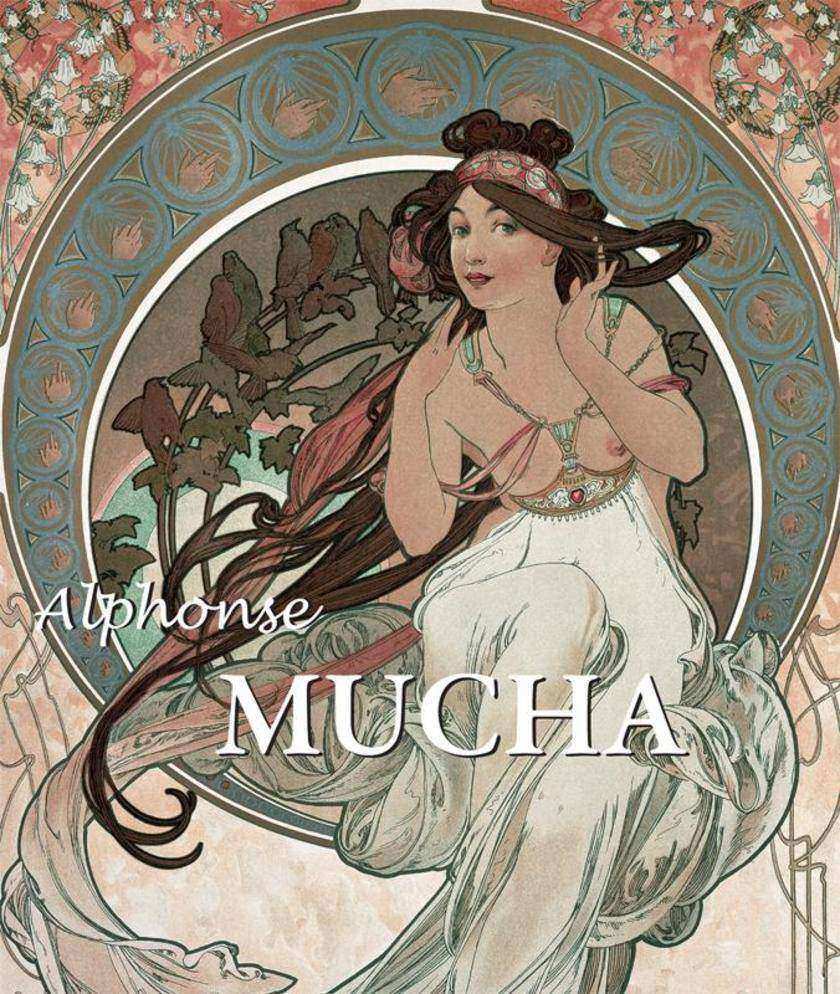
Alphonse Mucha
¥110.28
Born in 1860 in a small Czech town, Alphonse Mucha (1860-1939) was an artist on the forefront of Art Nouveau, the modernist movement that swept Paris in the 1910s, marking a return to the simplicity of natural forms, and changing the world of art and design forever. In fact, Art Nouveau was known to insiders as the “Mucha style” for the legions of imitators who adapted the master’s celebrated tableaux. Today, his distinctive depictions of lithe young women in classical dress have become a pop cultural touchstone, inspiring album covers, comic books, and everything in between. Patrick Bade and Victoria Charles offer readers an inspiring survey of Mucha’s career, illustrated with over one hundred lustrous images, from early Parisian advertisements and posters for Sandra Bernhardt, to the famous historical murals painted just before his death, at the age of 78, in 1939.
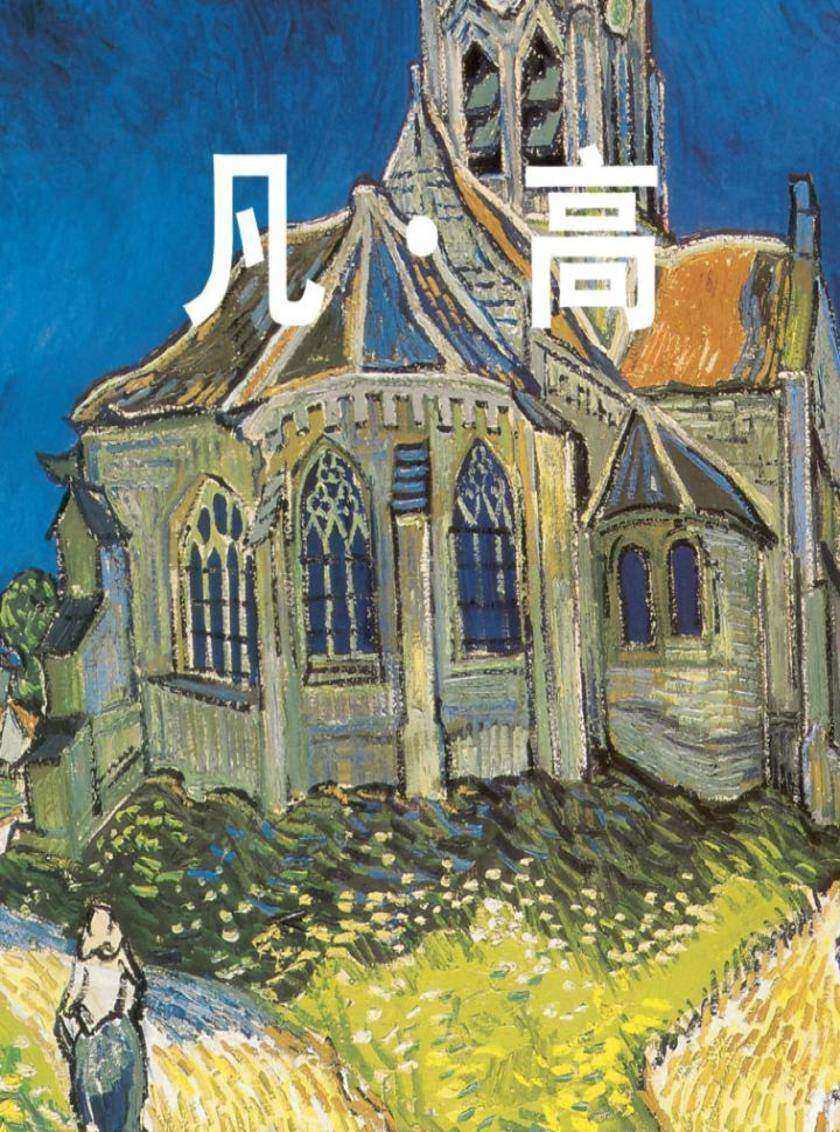
Van Gogh
¥40.79
文森特·梵·高的生活和创作是如此紧密地联系在一起,以至于不了解他的生平便无法理解其作品。他作为生存环境的局外人而不被人理解成为痛苦的现代艺术殉难者的化身。一篇文章这样描述他,“一个可怕的疯狂的天才,常常表现卓越,有时荒诞,总是站在近乎病态的边缘。”1888年2月,文森特离开巴黎前往阿尔勒,那几个月是他一生中产的时期,次年他开始了著名的自残行为并且先后三次住院。据说他是在1890年7月29日,在一片田野里朝自己开枪自杀的,他的弟弟特奥这样描述他生命的后时刻,“他说想自杀,当时我坐在他身边向他保证我们会努力治愈他······但他回答说,悲哀将会永远持续。”
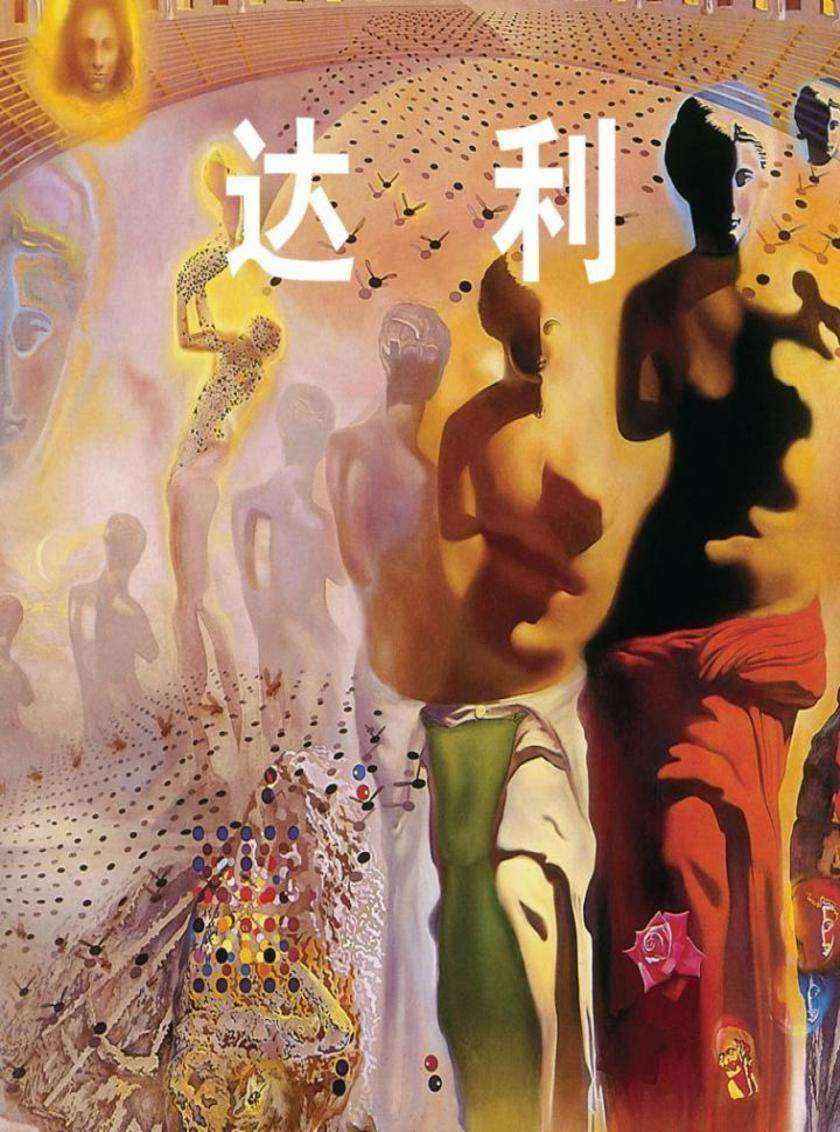
Dali
¥40.79
身为画家、设计师、奇异物品发明者、作家以及电影导演,达利可以说是著名的超现实主义者。布纽埃尔、洛卡、毕加索和布列塔尼都对他的生涯产生了巨大的影响。达利的电影,《一只安达卢西亚犬》标志着他进入了巴黎超现实派,在那里他遇到了盖拉,他一生的伴侣和灵感源泉。但是,当1939年他与安德烈·布列塔尼决裂,他与此派关系交恶。然而,达利的艺术哲学与艺术表现仍然归于超现实主义,并成为超现实主义的典范。终其一生,达利是一位天才的具有自我提升力、创造力的神秘人物。




 购物车
购物车 个人中心
个人中心



